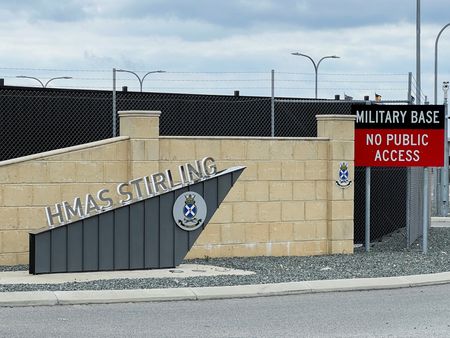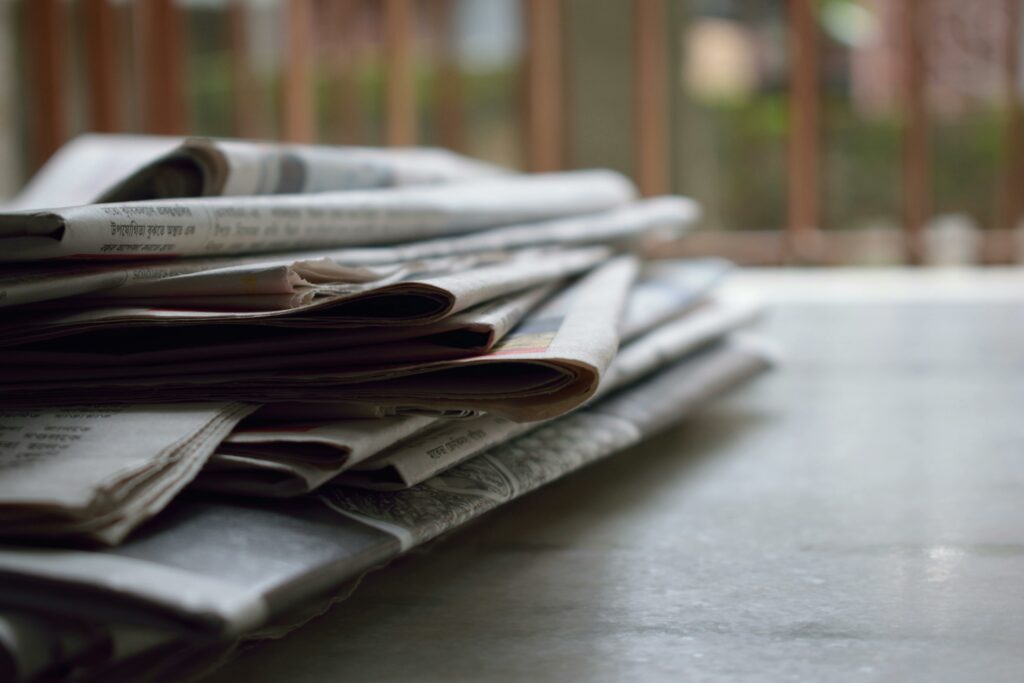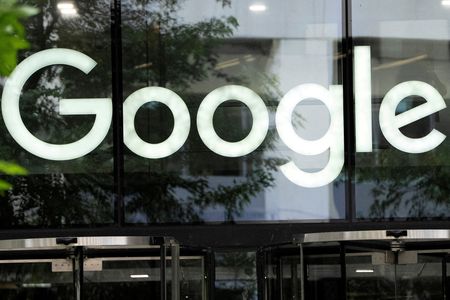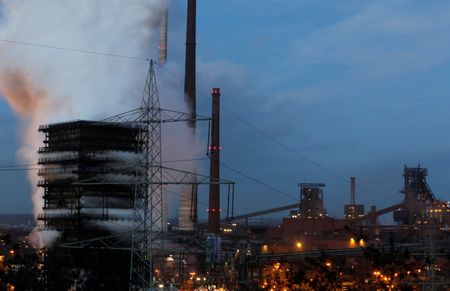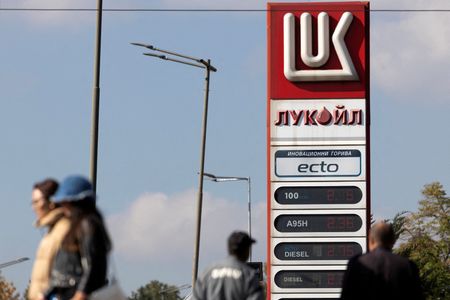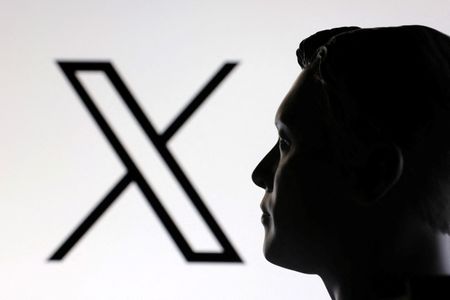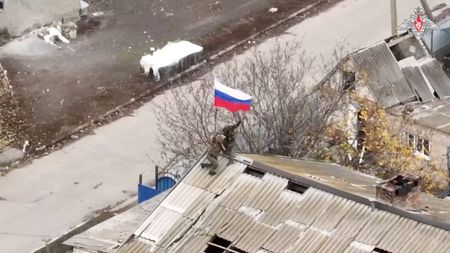By Kirsty Needham
SYDNEY (Reuters) -Australia’s AUKUS submarine fleet base and its vicinity are being quietly connected to three powerful new undersea internet cables planned by Alphabet’s Google and SUBCO, documents viewed by Reuters show.
The HMAS Stirling naval base on Australia’s west coast will house four U.S.-commanded Virginia submarines from 2027, placing the U.S. Navy on the Indian Ocean’s rim as Washington and Canberra step up surveillance of Chinese submarine activity.
The superfast cables planned by Google and local company SUBCO, which between them would span the Indian Ocean to Africa and Asia, and connect Australia’s east and west coasts, land at or near HMAS Stirling, placing the base at the centre of a rapidly expanding network as Australia’s military seeks to bolster its digital resilience.
SUBCO said a new high-capacity cable connecting Australia’s east and west coasts will include a branch to HMAS Stirling, while public materials for the project only mention a Perth city landing, 60 km (37.28 miles) north.
“These new routes being built by SUBCO and Google are critical to delivering the capacity and resilience required not just as a safe and secure hub for the entire region but also for Australia’s AI ambitions,” founder Bevan Slattery said in a statement to Reuters.
SUBCO in 2022 completed the first Australia-Oman cable, which Reuters reported was part-funded by the Pentagon to include a “secret” branch to the joint U.S.-UK air base at Diego Garcia.
STRATEGIC ADVANTAGES
Google’s plans include a cable north to Australia’s remote Indian Ocean outpost of Christmas Island, and another across the Indian Ocean to Africa, with both scheduled to land in Madora Bay near the HMAS Stirling naval base.
A Google spokesperson said the landing facility will be “located inland in an industrial zone,” declining to give further details.
Google’s environmental application for a separate Pacific Ocean cable on Australia’s east coast, connecting to the United States, cites “geostrategic shifts in the Indo-Pacific”, and a decision by the Quad diplomatic group of Australia, the U.S., Japan and India to invest in subsea cables, as the context for the project.
Reuters last week reported the tech giant proposes to build a data centre on Christmas Island, which military experts said would give strategic advantages for operating drones and autonomous systems. China’s foreign ministry said it was not aware of the matter.
In response to questions about the plans, the Australian Communications and Media Authority said it was not aware of any existing cables at Madora Bay.
BETTER RESILIENCE
Around 1,000 U.S. Navy personnel are expected to arrive to live in Rockingham, where HMAS Stirling is located, and Mandurah from next year to support the nuclear-powered submarines, Australian officials have said.
“Militaries are just like any other big business, they need really high-speed data connectivity and they need it between military installations but also between allies and between diplomatic networks,” said Sam Bashfield, an expert in maritime security in the Indian Ocean at La Trobe University.
Australia’s Chief of Navy, Vice Admiral Mark Hammond, said last week that seabed cables are Australia’s lifeline and also its greatest vulnerability, pointing to increasing incidents of cable sabotage globally.
Building more cables across oceans where historically there have been few provides better resilience, said Bashfield.
Australia’s environmental regulator has suspended assessment of Google’s Western Australian cables, to consider “matters of national environmental significance, including threatened and migratory marine species”, said a spokesperson for the Department of Climate Change, Energy, the Environment and Water.
Google said it will “comply with all applicable environmental regulations”.
(Reporting by Kirsty Needham in Sydney; Editing by Saad Sayeed)

